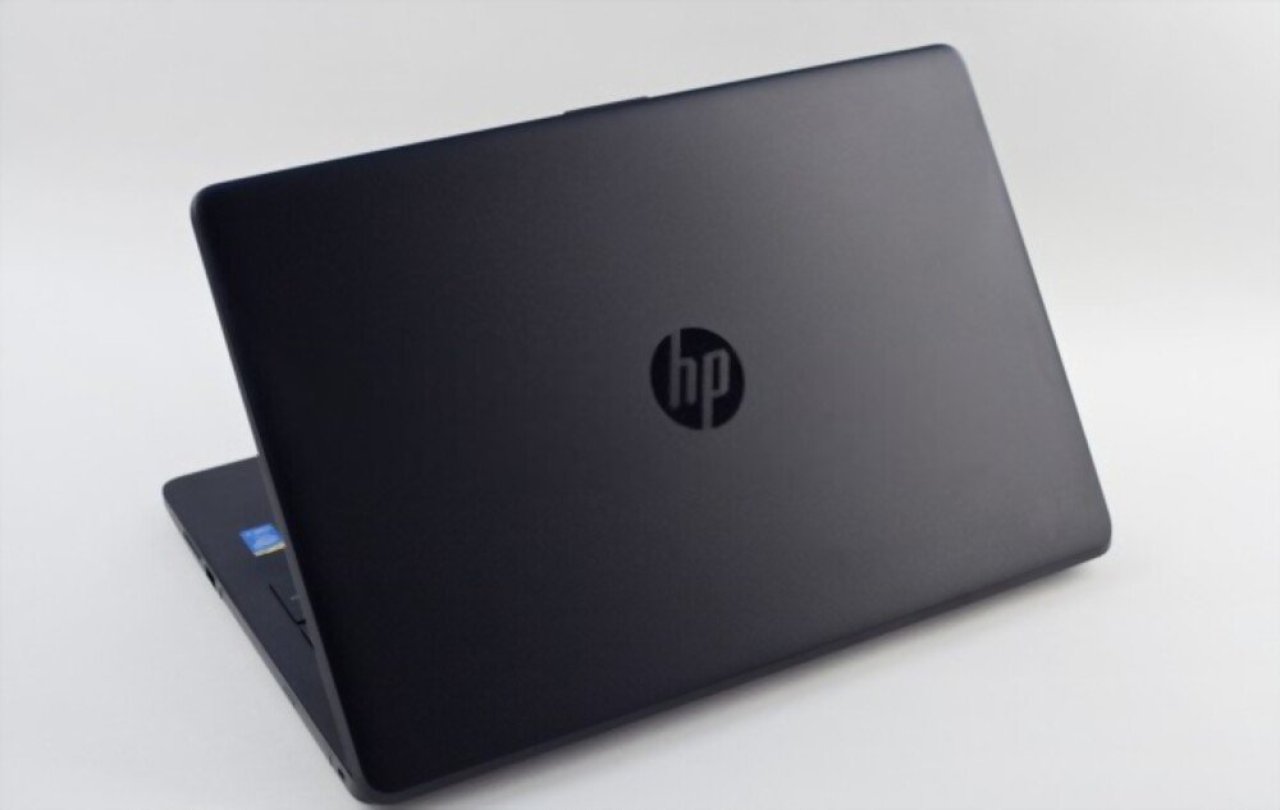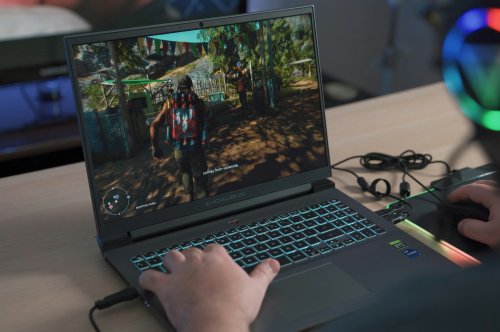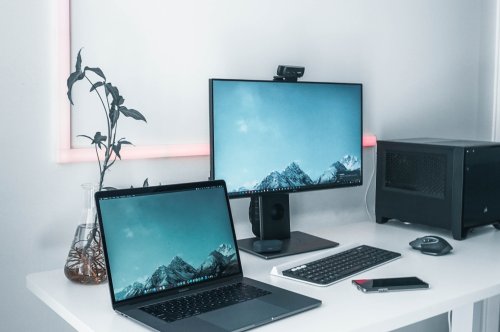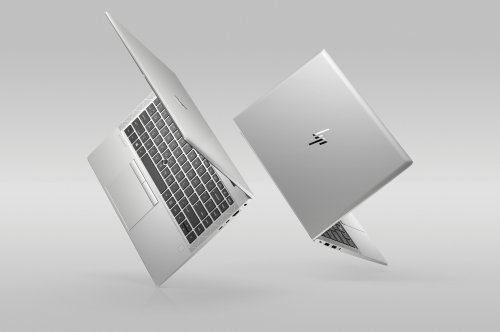Do It Yourself (DIY) Laptop Upgrades: Boosting Performance and Extending Lifespan

In today's fast-paced digital age, laptops have become an integral part of our lives. They serve as our workstations, entertainment hubs, and communication devices. However, as technology advances, the once-speedy laptop can start to feel a bit sluggish. The good news is that you don't always need to buy a brand-new laptop to get a performance boost or extend its lifespan. With some DIY (Do It Yourself) laptop upgrades, you can give your trusty companion a new lease on life. In this guide, we'll explore various ways to upgrade your laptop and make it run like a champ again.
Why Upgrade Your Laptop?
Before diving into the world of laptop upgrades, it's essential to understand why you might want to embark on this journey. Here are some compelling reasons:
-
Cost-Effective
Buying a new laptop can be a significant expense. Upgrading your existing laptop is often a more budget-friendly option, allowing you to save money while still enjoying improved performance.
-
Environmental Impact
Electronic waste is a growing concern. By upgrading your laptop instead of replacing it, you contribute to reducing electronic waste and its associated environmental impact.
-
Tailored to Your Needs
Customizing your laptop upgrades enables you to meet your specific requirements. Whether you need more storage, faster processing power, or enhanced graphics capabilities, you can tailor the upgrades to suit your needs.
-
Extend Lifespan
Upgrading your laptop can significantly extend its lifespan. Instead of discarding a functional device, you can continue using it with improved performance for several more years.
Now that we understand the benefits let's explore some popular DIY laptop upgrades.
-
Upgrade Your RAM (Random Access Memory)
RAM is one of the most crucial components that affect your laptop's performance. Upgrading your RAM can lead to faster multitasking and smoother overall operation. To perform this upgrade:
-
Check your laptop's specifications to find out the type and maximum capacity of RAM it supports.
- Purchase compatible RAM sticks.
-
Open your laptop's casing, locate the RAM slots, and replace or add RAM sticks as needed.
Be sure to follow safety precautions and consult your laptop's manual for specific instructions.
-
Upgrade Your Storage
If your laptop is slowing down due to limited storage or you want faster data access, upgrading your storage drive is an excellent option. You can choose between two primary types of storage upgrades:
-
Upgrade to an SSD (Solid-State Drive)
SSDs are faster and more reliable than traditional HDDs (Hard Disk Drives). Upgrading to an SSD can significantly boost your laptop's speed and responsiveness. Here's how to do it:
-
Check your laptop's compatibility with SSDs and determine the size (2.5-inch, M.2, or NVMe).
-
Purchase an SSD with the desired capacity.
-
Clone your existing HDD or install a fresh operating system on the new SSD.
-
Replace the old HDD with the new SSD.
- Add an Additional Hard Drive or SSD
If your laptop has an available slot for a second drive (e.g., an optical drive bay), you can add another storage drive for extra space without removing the existing drive. This is particularly useful for users who need more storage for files but still want the speed benefits of an SSD.
-
Upgrade Your Graphics Card (eGPU)
While upgrading the dedicated graphics card in a laptop can be challenging or impossible, some laptops allow external GPU (eGPU) upgrades. An eGPU can significantly enhance your laptop's graphical performance, making it suitable for gaming, video editing, and graphic design.
To set up an eGPU:
- Research eGPU compatibility with your laptop model.
- Purchase a compatible eGPU enclosure and graphics card.
- Connect the eGPU to your laptop via Thunderbolt or USB-C.
- Install the necessary drivers and software.
Now, you can enjoy the power of a dedicated GPU without buying a new laptop.
-
Upgrade Your Battery
If your laptop's battery life has deteriorated over time, replacing the battery can give your laptop a new lease on life. Here's how to do it:
- Order a compatible replacement battery for your laptop model.
-
Power down your laptop and unplug it from any power sources.
- Remove the old battery carefully, following your laptop's manual.
-
Insert the new battery and secure it in place.
- Power up your laptop and calibrate the new battery.
A new battery can breathe new life into your laptop, allowing you to work or play on the go without constantly searching for an outlet.
-
Clean Your Laptop's Interior
Over time, dust and debris can accumulate inside your laptop, obstructing airflow and causing it to overheat. Cleaning your laptop's interior can improve its cooling efficiency and overall performance. To clean your laptop's interior:
- Turn off your laptop and unplug it.
-
Remove the battery (if possible) and open the laptop's casing.
-
Use compressed air or a soft brush to carefully remove dust and debris from the cooling fans, vents, and other components.
- Reassemble your laptop and power it up.
Regular cleaning can prevent overheating and extend the life of your laptop.
- Upgrade Your Operating System
Keeping your operating system up-to-date can also contribute to improved performance and security. Make sure you're running the latest version of your operating system, and consider upgrading to a newer one if your laptop supports it. Newer OS versions often come with performance optimizations and security enhancements.
- Upgrade Your Wi-Fi Card
If you're experiencing slow or unreliable Wi-Fi connectivity, upgrading your laptop's Wi-Fi card can help. Newer Wi-Fi cards often support faster speeds and improved signal strength. Here's how to do it:
-
Research compatible Wi-Fi cards for your laptop model.
-
Open your laptop's casing and locate the Wi-Fi card.
- Carefully remove the old Wi-Fi card and replace it with the new one.
- Install the necessary drivers for the new Wi-Fi card.
A faster and more reliable Wi-Fi connection can make a significant difference in your laptop's usability.
-
Upgrade Your Keyboard and Touchpad
If you use your laptop extensively for typing or other input tasks, you might consider upgrading the keyboard or touchpad. Some laptops allow you to replace these components with upgraded versions for a more comfortable and efficient typing experience.
-
Upgrade Your Display Panel
If you're unsatisfied with your laptop's display quality, you can replace the display panel with a higher-resolution or better-quality screen. Be sure to research compatibility and seek professional help if you're not comfortable with disassembling your laptop.
-
Upgrade Your Audio
If you're an audiophile or use your laptop for media consumption, upgrading the audio components can enhance your experience. You can replace the built-in speakers with higher-quality ones or invest in an external sound card for improved audio output.
Conclusion
DIY laptop upgrades are a cost-effective way to breathe new life into your aging laptop, boost its performance, and extend its lifespan. Whether you're looking for faster multitasking, improved storage, or enhanced graphics capabilities, there are various upgrade options to explore. Remember to consult your laptop's manual, research compatibility, and take necessary safety precautions when performing these upgrades. With a bit of effort and the right upgrades, your laptop can continue to serve you well for years to come, saving you money and reducing electronic waste in the process. So, roll up your sleeves, get your tools ready, and give your laptop the upgrade it deserves!.







